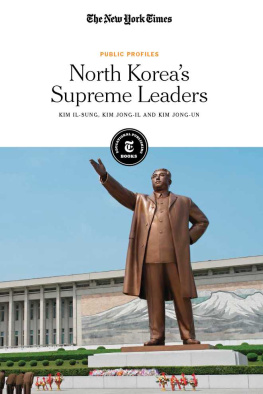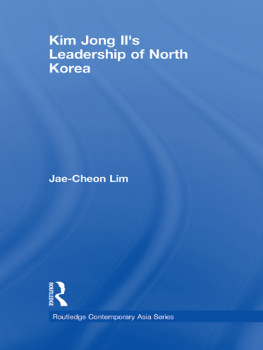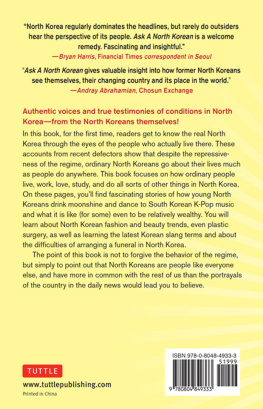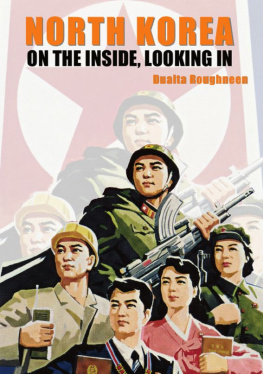Cover design by Jim Tierney. Cover copyright 2018 by Hachette Book Group, Inc.
Hachette Book Group supports the right to free expression and the value of copyright. The purpose of copyright is to encourage writers and artists to produce the creative works that enrich our culture.
The scanning, uploading, and distribution of this book without permission is a theft of the authors intellectual property. If you would like permission to use material from the book (other than for review purposes), please contact permissions@hbgusa.com. Thank you for your support of the authors rights.
Hachette Books is a division of Hachette Book Group, Inc. The Hachette Books name and logo are trademarks of Hachette Book Group, Inc.
The publisher is not responsible for websites (or their content) that are not owned by the publisher.
The Hachette Speakers Bureau provides a wide range of authors for speaking events. To find out more, go to www.hachettespeakersbureau.com or call (866) 376-6591.
Photo opening Part 5 courtesy of the author.
All other photos courtesy of John Monteith.
Map of Pyongyang/North Korea courtesy of Miles Clement.
THE FIRST WORDS I published on my travels to the DPRK focused on the countrys visual art and culture. Much of that early material was expanded upon in this book. I want to thank David Velasco at Artforum and Lindsay Pollock, Richard Vine, and Cathy Lebowitz at Art in America for commissioning and editing those initial pieces.
After my study trip to Pyongyang in 2016, Spring Workshop in Hong Kong provided me with a luxurious landing pad, a place to spend a month sorting through hundreds of pages of diaries and notes Id accumulated. It was a nurturing place to start work on a book. I am indebted to Defne Ayas, who recommended me for the residency, and the entire staff of Spring Workshop, especially Mimi Brown and Christina Li.
I flew from that urban megalopolis halfway across the globe to the forested environs on the outskirts of Vilnius, Lithuania, where I was hosted by the art center Rupert. There, I had the dual task of beginning the earliest draft of the book while simultaneously preparing for an exhibition that opened the same month. It was an invigorating and productive few weeks of work of the most gratifying sort, and Im grateful to Juste Jonutyte and the entire staff of Rupert for allowing it to happen.
In 2017, I was an international research fellow at the National Museum of Modern and Contemporary Art (MMCA) Seoul, where a good chunk of the books first draft was written. The experiences I had living and working in this fabulous city enriched and expanded my understanding of the depths of the Korean experiencehistorically, culturally, linguistically. I met many former residents of North Korea, most of whom I sadly cannot name; each forced me to make profound revisions to my understanding of life above the thirty-eighth parallel and collectively made me realize just how multifaceted, misunderstood, and unsummarizable those diverse life experiences really are. Their contribution to my project is inestimable. From my time in Seoul, I particularly wish to thank Sun Mu, Jang Jin Sung, Kim Kyung-mook, Kim Bom-hee, Dirk Fleischmann, Bartomeu Mari, Misa Shin, Barbara Cueto, Emily Bates, Son Kwang-ju, Park Hee-jung, Choi Sun, Yeo Gyeong-hwan, Eugene Kwon, and Emma Corrall.
Finally, the Hordaland Kunstsenter welcomed me as writer-in-residence in Bergen, Norway, while I was completing the final draft. Many thanks to Scott Elliott and Anthea Buys for the kind invitation and support.
Thanks to Alek Sigley and Tongil Tours for making the study trip happen. Also to Simon Cockerell and Koryo Tours for organizing my first visits to the DPRK. Pernille Skar Nordby was on one of those trips, and I gained much from reading her subsequent MA thesis on North Korean architecture. To John Monteith, who was with me on my first visit to North Korea, and whose photographs adorn these pages. And special thanks to Tom Masters for inspiring my interest in the country to begin with.
Miek Coccia has been more than just an agenta sounding board, a therapist, and, most of all, a friend. Certainly this book never would have seen fruition were he not nearby every step of the way.
Many thanks to Paul Whitlatch for his immediate and enthusiastic interest in the project and for his editorial insights that were vital in the manuscripts final revisions. And to the entire team at Hachette, especially Lauren Hummel, Carolyn Kurek, Joanna Pinsker, and Odette Fleming.
To my great friend and mentor Bruce Benderson, who knows more than me about the potential richesses that can be mined from getting lost. To Bertie Marshall for hosting me in London. To my late friend Brian Tennessee Claflin, who was both my muse and my biggest cheerleader and who knew I eventually would write this book. To all the friends in Berlin and elsewhere who have put up with my hours-long rants and conversations about North Korea over the years, thank you so much. To my parents, Debi and Jon Jeppesen, and my grandmother, Elizabeth Blackburn, for enduring it all. To Wang Ping-Hsianghome is wherever you are.
To all the friends in Pyongyang I cannot namesee you again someday.
WRITING IS A predatory activity; youre always stalking some amorphous ideals, often ones that cannot be named or readily summarized, in the attainment of truth and accuracyhence the need to write. When human lives are involved, the process can become hazardousan awareness that any writer who ventures into North Korean terrain should attain. North Korea throws into question the very nature of reality and reminded me, again and again, the ways in which truth is constantly being remolded by its surrounding context.
North Korea poses any number of daunting challenges to outside researchers. As Ive been working on this book, one issue that has remained at the forefront of my thoughts is safetyless for myself and more for those I have met along the way. A compromise had to be reached in order to protect these sources. While everything in this book is truthful, in that it happened to either me or those I know well, many figures in the book are, in fact, composites of at least two or more people; and most names have been changed. Comrade Kim Nam Ryong, for instance, is a composite of men I have encountered, befriended, or otherwise learned about, some current and others former residents of Pyongyang, and the Korean State Travel Company he works for is a fictional hybrid based on knowledge I have gleaned about the operations at several of the countrys state-owned tourism bureaus.
Among the North Korean defectors I have interviewed in the South and elsewhere, I have tried to seek out those who purposefully avoid speaking with the media. Certain defectors expect to be paid in exchange for an interview; I pointedly avoided those individuals. By being careful not to compromise peoples safety but offering no cash incentive, I tried to create an interview scenario in which my sources had no motivation to mislead me about their experiences and perspectives.







